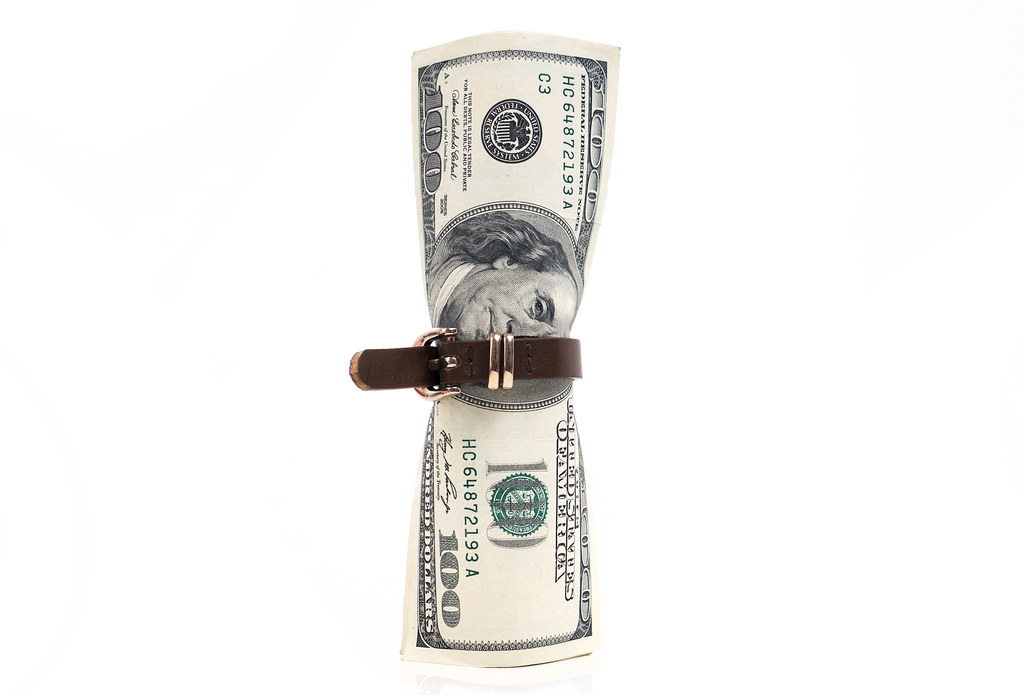If you are waiting for congress to get off of its collective rears and get legislation passed on another round of COVID-19 stimulus checks, I wouldn’t hold your breath. As talks continue to crumble, it is unlikely that any such checks will be in the mail until after the election. However, here are six sure-fire ways that you can save money and have that same $1200 or even more!
1. Divide up your savings goal
Choose the savings goal that works best for you. Daily, weekly (around $23 per week), biweekly (around $46) or ($100) monthly savings goals are a great way to kick-start your emergency fund. Saving is easy once you have a plan. Smaller goals should help make the process easier to keep up with.
2. Budget to find the money and trim your expenses
How do you find the “extra” money to save? It starts with knowing how much money you’re bringing in and spending each month. The surest way to do that is with a proper budget. Budgeting is the best way to find saving opportunities. Once you have your monthly budget prepared, try to cut out or cut back on any unnecessary service or expenses – every dollar you trim is a dollar that can go into your savings account.
3. Automate your savings
Remembering to save money is a tough thing to do. You can maximize your savings by setting up a monthly transfer from your checking to your savings account automatically. It is a “set it and forget it,” way to build your emergency fund.
4. Do not use your emergency fund – unless you really must!
People should treat their emergency fund, during non-emergencies, like they treat their retirement accounts before retirement – HANDS OFF! It’s important to remember what this account is earmarked for. But some banks will let you take this a step further, by naming your account “do not touch” or “emergency savings.” This way, there is that extra layer of guilt if you even think about going to transfer money out.
5. Out of sight, out of mind
Another way to try and not touch your emergency savings is to keep it in a place that you might not regularly see. This place could be in a high-yield savings account at an online bank. Though annual percentage yields (APYs) are substantially lower than they were more than a year ago, these accounts are still some of the best options for growing your savings. If you get your paycheck as a direct deposit, you can have payroll “split” your deposit between your regular checking account and this new savings account. You can have direct deposit send just $25 per week to that new savings account. You will hardly notice its gone, but your savings will mount up while it’s out of sight.
6. Bank any extra dough
Any dime you earn above your normal paycheck should be put into your “$1200 emergency account.” A stimulus check, a bonus, overtime, a raise, or even some holiday or birthday cash from relatives, should go right into your emergency fund as if they never happened. Taking advantage of any of these extra sources of income can help you boost your savings or make up for a bad week or month of saving.
What do you think of these saving for a rainy-day tips? Are there any we left out that you use, that you would like to share??

